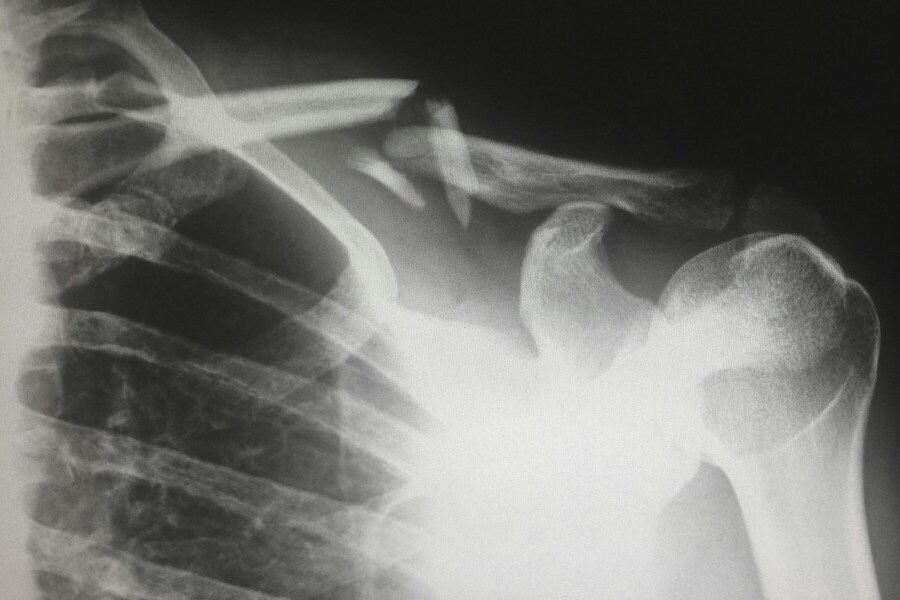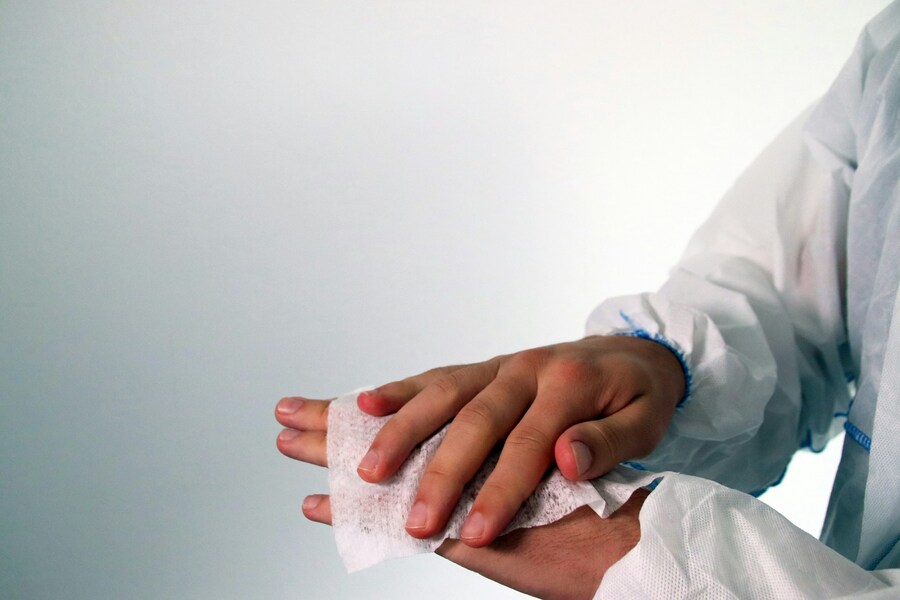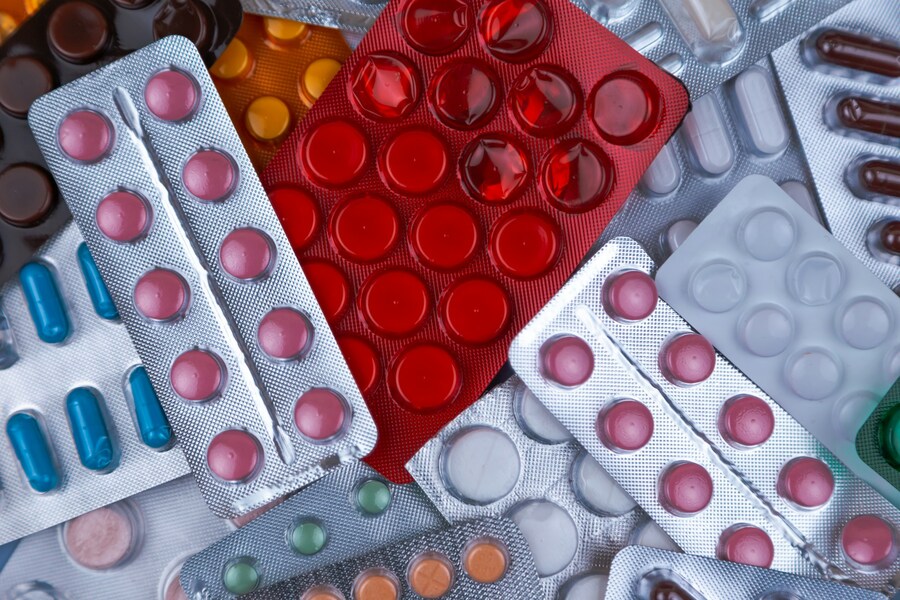The call of the open road, the allure of distant shores, and the promise of new adventures are powerful motivators for travel. Yet, amidst the excitement of planning an itinerary, selecting accommodations, and figuring out local transportation, one crucial element often gets overlooked: personal health and safety. A well-stocked travel first-aid kit isn't merely an optional accessory; it's a fundamental part of responsible travel planning. It's a proactive step that can save time, money, and stress by allowing you to handle minor injuries and ailments without scrambling to find a pharmacy in an unfamiliar place or, worse, interrupting your trip.
Thinking ahead about potential bumps, scrapes, and other health issues that can arise on the go is an act of foresight. Whether you're embarking on a rugged backpacking expedition, a relaxing beach vacation, or a bustling city break, the right supplies can make the difference between a minor inconvenience and a significant setback. This travel guide is designed to empower you with the knowledge to assemble a comprehensive first-aid kit tailored to your specific travel needs, ensuring you're prepared for the unexpected and can focus on what truly matters: creating unforgettable memories. So, let's dive in!
What unexpected bumps and ailments should you be prepared for?
Typical travel injuries

Travel, by its very nature, introduces us to new environments and challenges. While the most exciting parts of a journey are the discoveries and experiences, it's wise to anticipate and prepare for some of the common health issues that can occur. These can range from minor annoyances to more serious conditions that require immediate attention. Recognizing these risks is the first step toward building an effective first-aid kit.
One of the most frequent mishaps is skin-related injuries. Scrapes, cuts, and blisters are incredibly common, especially during active trips involving hiking, walking, or exploring. A fall on uneven pavement, a slip on a wet trail, or a new pair of shoes can all lead to discomfort and the risk of infection. Similarly, burns from cooking, accidental contact with a hot surface, or too much sun exposure can be painful and require prompt care. Even a seemingly insignificant insect bite or a minor rash from an unknown plant can become a major distraction if not treated properly.
Another set of challenges revolves around internal issues. Digestive problems are notorious travel companions. Changes in diet, local water sources, and new pathogens can lead to upset stomach, diarrhea, or constipation. These issues can be debilitating and put a serious damper on your travel plans. Headaches, muscle aches, and fevers are also frequent ailments that can result from dehydration, long travel days, or a new climate. It's essential to have remedies on hand to manage these symptoms and avoid losing precious vacation time feeling unwell.
Beyond the physical ailments, there's also the logistical side of travel to consider. For example, getting to and from the airport can be a source of stress, especially with the high cost of on-site parking. Many travelers are now exploring airport parking alternatives, which offer convenience and significant savings. Companies like ParkingNearAirports.io provide a seamless online platform to reserve off-site parking spots, often with a free shuttle service to the terminal, allowing you to begin your journey with peace of mind.
Lastly, there are more serious but less common risks that travelers should be aware of, such as sprains, strains, or allergic reactions. A twisted ankle on a rocky path or an unexpected severe allergy can escalate quickly. Having the right supplies and knowing how to use them can provide crucial first-line treatment while you seek professional medical help. Being prepared for these eventualities isn't about being paranoid; it's about being practical and ensuring you have the tools to handle a wide range of scenarios that can arise when you're away from home.
Essentials for your travel first aid kit
 Source: Maskmedicare Shop/Unsplash
Source: Maskmedicare Shop/Unsplash
A great travel first-aid kit is like a well-prepared meal: it's all about having the right ingredients. The most effective kits aren't one-size-fits-all but are instead customized to the traveler's specific needs and destination. However, every kit, regardless of its specialization, should begin with a foundational set of core supplies designed to handle the most common minor injuries and ailments. Think of this as your base camp of medical preparedness, from which you can add more specialized items as needed.
The cornerstone of any kit is wound care. Cuts, scrapes, and blisters are almost inevitable, and having the right tools to treat them prevents infection and discomfort. Start with a variety of adhesive bandages in different sizes and shapes, including some that are waterproof. Pair these with sterile gauze pads and a roll of medical tape to secure larger dressings. A small bottle of antiseptic solution or a handful of individually wrapped antiseptic wipes are essential for cleaning wounds before bandaging. Don't forget a tube of antibiotic ointment to apply before covering the wound, as it provides a crucial layer of protection against bacteria. A small pair of scissors and tweezers can also be invaluable for cutting tape and removing splinters or ticks.
Beyond external injuries, managing internal ailments is equally important. Your kit should contain a small supply of over-the-counter medications to address common discomforts. Pain relievers and fever reducers, such as ibuprofen or acetaminophen, are non-negotiable for headaches or muscle aches. Antihistamines are vital for unexpected allergic reactions, whether from food, pollen, or insect bites. When packing these medications, remember to keep them in their original packaging, as this clearly identifies the medication and dosage. For digestive issues, which are a common concern for many travelers, include an anti-diarrhea medication and an antacid. These can provide rapid relief and prevent a day of exploration from being lost to stomach distress.
While the physical packing of a first-aid kit is crucial, so is the mental preparation that accompanies travel. Plans can change, and being able to adapt is key. For instance, sometimes travel plans need to be altered unexpectedly. If you've booked your airport parking and a sudden change of plans occurs, knowing how to cancel airport parking reservation online can save you from a non-refundable charge and reduce a layer of travel-related stress. Just as you have supplies to handle physical setbacks, it's equally important to have the flexibility to handle logistical ones.
Finally, round out your kit with a few general supplies. A digital thermometer is compact and provides quick and accurate temperature readings. Small bottles of hand sanitizer and sterile gloves are vital for maintaining hygiene while treating injuries. Rehydration salts are a smart addition, especially for trips to hot climates or for combating dehydration from illness. For those who wear glasses or contact lenses, a small backup pair or a case with solution is a practical inclusion. Ultimately, your first-aid kit is a testament to your preparedness, and this basic collection of items will serve as a reliable foundation for nearly any journey.
Specialized medical first aid kits

While a basic first-aid kit is an excellent start, a truly prepared traveler understands the need to go beyond the basics. The contents of an advanced kit should be tailored to the specific nature of your trip and any personal health conditions. This is where you move from a general-purpose kit to a specialized one, designed to address the unique risks and challenges of your chosen destination, be it a high-altitude trek, a tropical expedition, or an international journey far from familiar healthcare.
For the adventurous traveler venturing into the backcountry or on extended hikes, the need for more robust supplies becomes apparent. A simple scrape can become a more significant issue, and help may be hours or even days away. Consider adding more extensive wound management tools, such as a trauma dressing or a small roll of conforming stretch gauze for larger injuries. A compact, lightweight splint can be crucial for immobilizing a sprained ankle or broken finger until you can get professional medical care. Similarly, a high-quality blister treatment kit, including moleskin and hydrocolloid patches, can save a hiking trip from being cut short by painful foot sores. Don't forget an emergency blanket for hypothermia or shock, as well as a signaling device like a whistle. In these remote locations, preparation is your most reliable companion.
International travel presents its own distinct set of considerations. Your basic kit should be supplemented with items that address potential issues related to new climates, different food and water sources, and access to medical care. This includes traveler's diarrhea medication, which is different from standard anti-diarrhea pills, and oral rehydration salts to combat dehydration. If you're traveling to a region with mosquito-borne illnesses, a strong insect repellent with DEET is a must. For those with chronic medical conditions, it's absolutely essential to pack an ample supply of all prescription medications, as well as a copy of your prescriptions and a doctor's note explaining your needs, especially when crossing borders. Researching and noting the local emergency numbers and the location of nearby embassies or consulates can also provide a safety net.
The principle of being prepared applies not just to medical supplies but to all aspects of your journey. Just as you take care to secure your health, you must also be mindful of your possessions and logistics. When you're looking for a place to leave your car while you're away, it's vital to consider airport parking safety. Reputable off-site parking facilities often have secured lots with surveillance cameras and on-site staff, providing an added layer of protection for your vehicle while you travel. Choosing a secure option allows you to focus on your trip without worrying about the integrity of your belongings left behind.
Ultimately, an advanced first-aid kit is a highly personalized document of your own health and travel intentions. It should include any personal items you may need, such as an epinephrine auto-injector for severe allergies, glucose tablets for managing blood sugar, or specific tools for managing a chronic condition. By thinking proactively about the unique challenges of your journey and your own health profile, you can build a kit that offers a powerful sense of security, allowing you to venture farther and explore more boldly, knowing you're ready for whatever comes your way.
First aid kits for every trip type
 Source: Aaron Madulara/Unsplash
Source: Aaron Madulara/Unsplash
The final step in mastering your travel preparedness is understanding that a single, static first-aid kit may not suit every trip. The ideal approach is to create a modular system, where you have a foundational kit and then add or subtract components based on the specific demands of your journey. This ensures you're never carrying more than you need but always have what's essential.
For a family vacation, whether to a theme park or a beach resort, your kit should be focused on common ailments affecting all age groups. This means including child-specific doses of pain relievers, thermometers, and perhaps a special adhesive bandage with a cartoon character to make an injury less intimidating for a child. Sunscreen, aloe vera for sunburns, and motion sickness medication are also highly recommended for a smooth family trip.
For the solo backpacker or adventurer, a minimalist, multi-purpose kit is key. Space and weight are at a premium. Focus on compact, high-quality items: a multi-tool with scissors and tweezers, a roll of medical tape that can be used for everything from bandages to gear repair, and a small but potent supply of common medications. Consider adding a small water purifier or purification tablets if you'll be in areas with questionable water sources. The goal is efficiency and self-reliance.
Lastly, for the business traveler, a small, discreet kit is all that's typically required. The focus here is on comfort and appearance. A few bandages for small cuts, a blister treatment patch for new dress shoes, a pain reliever for a long day of meetings, and some antacids for rich restaurant meals are usually sufficient. The kit can be small enough to fit in a briefcase or a purse, providing peace of mind without being cumbersome. Regardless of the trip type, the simple act of preparing a tailored kit demonstrates a commitment to your well-being, allowing you to travel with confidence and peace of mind.
A final word
A travel first-aid kit is more than just a box of supplies; it's a core part of a responsible travel philosophy. By proactively preparing a kit tailored to your journey, you transform potential problems into manageable moments. This simple act of foresight gives you the peace of mind to fully immerse yourself in new cultures and experiences, knowing you're ready for the unexpected. Your health and safety are your most valuable assets on the road. A well-stocked kit ensures you can travel with confidence and security, ready for whatever adventure awaits. Have a good trip!






